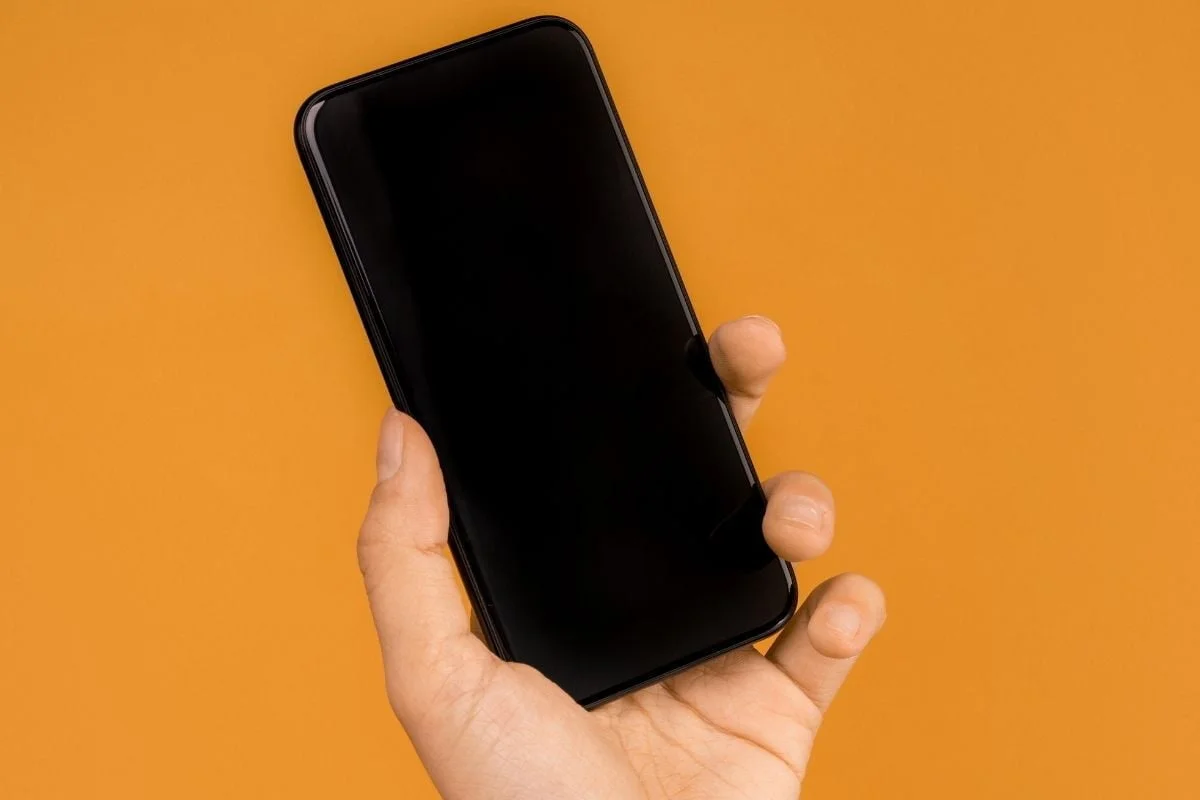
Indian telecom operators have requested the government to auction the spectrum for D2M (direct-to-mobile) broadcasting services. The government is considering using D2M to deliver TV content directly to the users' phones without using data. Currently, if you want to watch live TV content or any video online on your smartphone, you need a mobile data connection. With the D2M technology, the broadcasting directly happens to the device and thus no data connection is required.
The telcos have asked the government to auction the spectrum that will be used for D2M instead of allocating it administratively. The spectrum band that is being considered for the D2M service is 526-582 MHz. The International Telecommunication Union (ITU) has marked this set of spectrum band important for mobility services. Thus, the telcos want it to be auctioned so that they can have a fair chance of acquiring it.
Read More - d2h Android Box Coming for Rs 2199, Check Features
Even the telcos can use the spectrum for both mobility and broadcasting services. It will help the telcos in offloading the video traffic to the broadcasting spectrum and give a seamless experience to the customers. According to an ET report, COAI (Cellular Operators Association of India), representing the Indian telecom operators' interests' said that the spectrum needs to be assigned through auctions in a technology-neutral manner.
COAI believes that the successful bidder should have the right to use the spectrum for either broadcasting or IMT services or both. Many of the tech industry players have opposed the idea of D2M. If the technology passes through, it will be a loss for the DTH players as their subscribers would be able to watch live TV content directly on their smartphones without needing a Set-Top Box (STB).
Read More - Airtel DTH Connections are Super Cheap Right Now
However, the technology is still at a very immature stage and would require more time to arrive commercially. Telcos seem to have a particular interest in the spectrum not just for mobility services, but also for offering broadcasting of video services.















